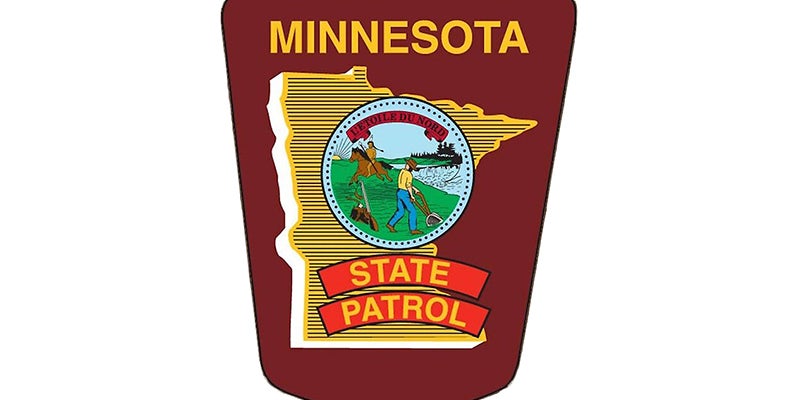50 states, 50 heroes: Storming Frenzenberg Castle
Published 7:01 am Saturday, May 16, 2020
|
Getting your Trinity Audio player ready...
|
Born Jan. 5, 1925, in Baltimore, Maryland, Carl Vernon Sheridan joined the Army in May 1943. After training, Sheridan was sent to Europe and assigned to Company K of the 47th Infantry Regiment, Ninth Infantry Division.
Having landed on Utah Beach four days after the D-Day invasion, the Ninth Infantry Division fought its way through Normandy. By Sept. 14, 1944, it had pushed its way into Germany near the city of Roetgen. Five days later, the division joined the rest of the U.S. First Army as it battled German forces in the Hürtgen Forest, located along the border between Belgium and Germany.
The vicious Battle of the Hürtgen Forest lasted for the better part of three months as determined German forces refused to cede ground to the Americans. On Nov. 26, 1944, Second Battalion of the 47th Infantry Regiment found itself in the vicinity of Weisweiler, located about 23 kilometers east of the German border city of Aachen. Company K was attached to the Second Battalion, whose mission was to eliminate the German defenses of Frenzenberg Castle.
During the fight, Company K advanced 1,000 yards through brutal enemy artillery and mortar fire and successfully captured two buildings in the castle’s courtyard. As they advanced, Pfc. Sheridan, who was acting as a bazooka gunner, had to stop under fire to retrieve extra rockets from his wounded ammunition bearer. The attack proved costly; all but 35 of Company K’s men were killed or wounded. To make matters worse, the company’s next objective, the castle’s gatehouse, was defended by approximately 70 German paratroopers. The gatehouse was built of stone and surrounded by a 20-foot wide moat. The only approach was across a drawbridge that led to a barricaded oaken door.
Realizing his bazooka was the only weapon capable of breaking through the door, Sheridan ran into the courtyard, becoming a target for German grenades and small arms fire. Making his way to the drawbridge entrance, Sheridan aimed his bazooka at the door as enemy fire struck nearby. Despite not having an assistant, making the task more difficult, Sheridan got off two well-placed shots that struck the door.
But the door was strong; Sheridan’s shots had only somewhat weakened the structure. Knowing that he would have to blow a gap through the barricade in order to successfully get through the door, Sheridan loaded his last rocket into the bazooka, took careful aim, and blasted a hole through the heavy planks.
Sheridan turned to his company and yelled his last words: “Come on, let’s get them!” Firing his .45 pistol, Sheridan led the charge through the gap and was killed by enemy fire. His efforts allowed Company K to make its final assault and capture the castle.
Sheridan was posthumously awarded the Medal of Honor on May 30, 1945. President Harry Truman presented the medal to his family. Sheridan was the only Medal of Honor recipient from the 47th Infantry Regiment during World War II.
In 1953, the Sheridan Barracks in Augsburg, Germany, were named in his honor. The barracks were used by American military personnel until 1998.
In 1954, the Sheridan Armory in Baltimore was dedicated in his honor. The decision to do so was made after military authorities deemed Sheridan “the most worthy and deserving Baltimore man in World War II.”
Sheridan is buried in the Druid Ridge Cemetery in Pikesville, Maryland.




